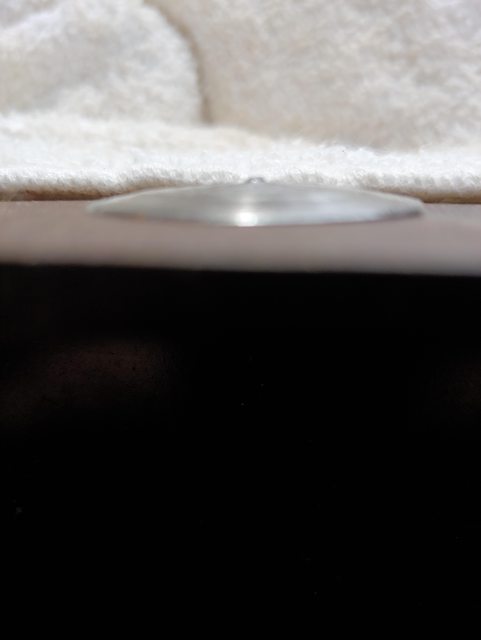- Joined
- Mar 21, 2018
- Messages
- 1,597
aaah were was hack saw mentioned?
First post: "I finished parting off with a HACK SAW! Way less stress! "
aaah were was hack saw mentioned?


I am still far from stellar, but there was no drama. I have room for improvement, it took .010 to face the 1.25 square after parting, I dropped the RPM in the mystery bar to 300, it just sounded better, and the cross feed was used at the slowest for now.
Trying to learn by trying
Parallel can look close, but if it isn't on, the choir starts up. My eyes are not great, and I'm seeing that my compound zero isn't. I can actually see a film separation if I look real close if there is a touch of oil, and I can feel slight movement while I'm setting Parallel.
